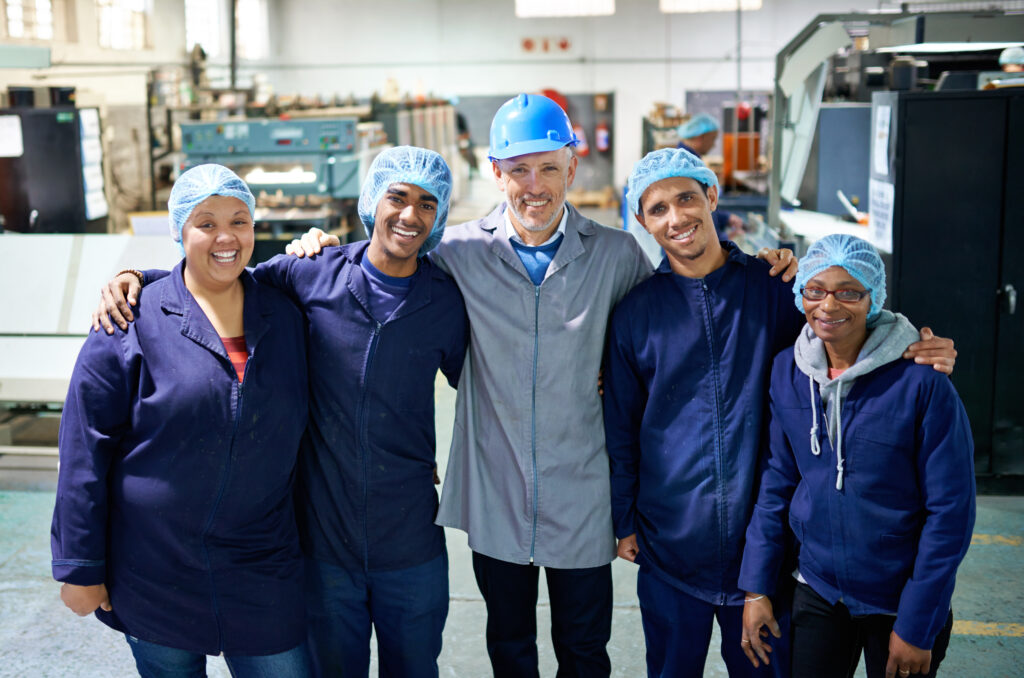I was working as a Manufacturing Leader for a company renowned for its innovative products. While our products were best in class in meeting patients’ needs for reliable, high-performing medical devices, the ability to mass-produce them was lacking. Since mass production had never been a design priority for us, this often resulted in post-launch yield and supply challenges.
As a Manufacturing Leader, I had led and initiated many projects to improve manufacturability, but our impact was limited when we tried to fix designs after regulatory approval. With my consistent calls to design for manufacturing (DFM), I got assigned to lead such a team on our next new product development (NPD) effort.
With this as the backdrop, the DFM team was formed and eventually found significant success primary because of 5 factors.
Create a team charter that defines broad but challenging team goals
This charter detailed product cost, project lead-time, and manufacturing simplicity (ease of training) goals. It also outlined a basic reporting and updating structure. The DFM team had plenty of autonomy, but the achievement of broad goals defined the long term expectations.
Choose a team strategically
We did this work upfront based on input from experienced engineers about which resources would make the most difference. As a result, we identified several unique team members: a full-time technical purchasing agent, two machine designers, and a dedicated product testing resource. Additionally, we dedicated twice as many skilled manufacturing assemblers to test processes and build prototypes.
Give the team autonomy
Prior to this team, the broad project manager would drive the project. This resulted in deference to unrealistic schedule constraints and a motivation to defer to historic, inefficient processes. With this project, the DFM team determined their daily/weekly/monthly priorities. This provided more space to operate and enabled the development of superior, semi-automated processes. And yet, there were still long-term goals that governed the overall project.
Build communication and collaboration into the process
Our primary communication process was a twice a week, 15-minute standup meeting where all team members gave a brief update on their last commitment, identified their next deliverable, and asked for any help they needed. This promoted team commitment to each other and individual accountability.
Address opportunities to save time up front
When first formed, the team identified our longest project lead time activities: material acquisition and machine design/build. Our early plan focused on these areas. We dedicated a purchasing agent to order higher piece volumes, ensuring that design progress wasn’t hampered by lead times for multiple orders. Rather than saving pennies on samples, we aimed to save dollars on design time.
To tackle the machine design/build issue, we created a machine specification system to document equipment design details as we gathered more information. We began with a broad machine functional specification outlining basic function, footprint, automation level, and material requirements. This allowed machine designers and fabricators to order components and initiate design work weeks ahead of time, fostering greater integration between internal designers and outside fabricators. By the time equipment components arrived, we were generally ready to finalize the machine design and could immediately begin fabrication. Again, we paid a premium for equipment that may need a bit more design modification, but we saved months of overall project time enabling speed to market.
Ultimately, by creating and empowering the right team, we met all charter goals except for a 15% lead time adder. We consciously made this decision to leverage process development work, significantly reducing manufacturing costs. As you embark on creating innovation, I hope these lessons add value to your projects.

After leading teams of various sizes for 29 years, I served as a Leadership
Development Program Manager for 4 years. In that capacity, I reviewed research on what makes leadership development programs effective and applied those learnings in a new program that I created called HUMan-Based Leadership development (HUM-B- LE).
I earned my BS in Industrial Engineering from the University of Michigan and an MBA from the University of Colorado. In 2018 I earned a Certified Professional Coach designation and use these skills in support of helping leaders improve. I enjoy helping leaders grow a culture of psychological safety and employee engagement. Research demonstrates that these attributes correlate with high performance and improved business results. My base purpose is to make a difference in the lives of employees by helping leaders create these environments.

